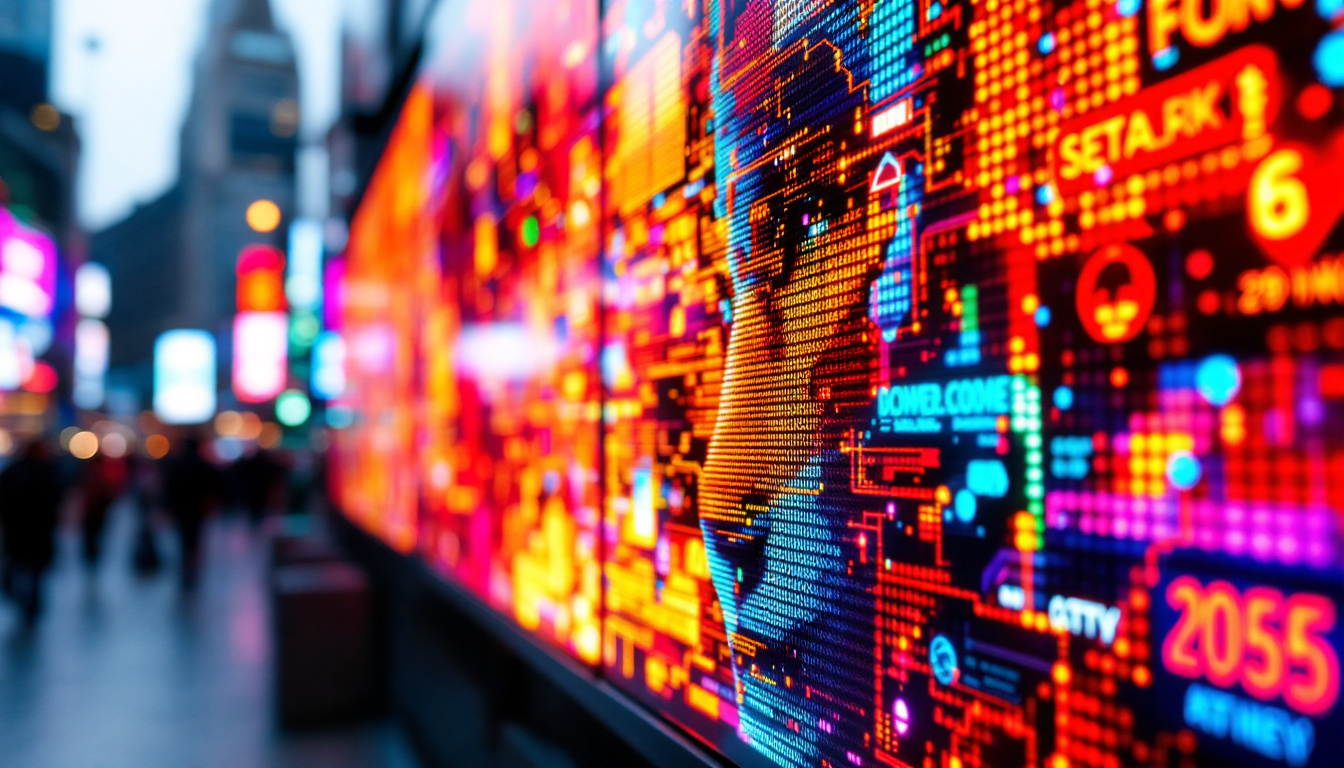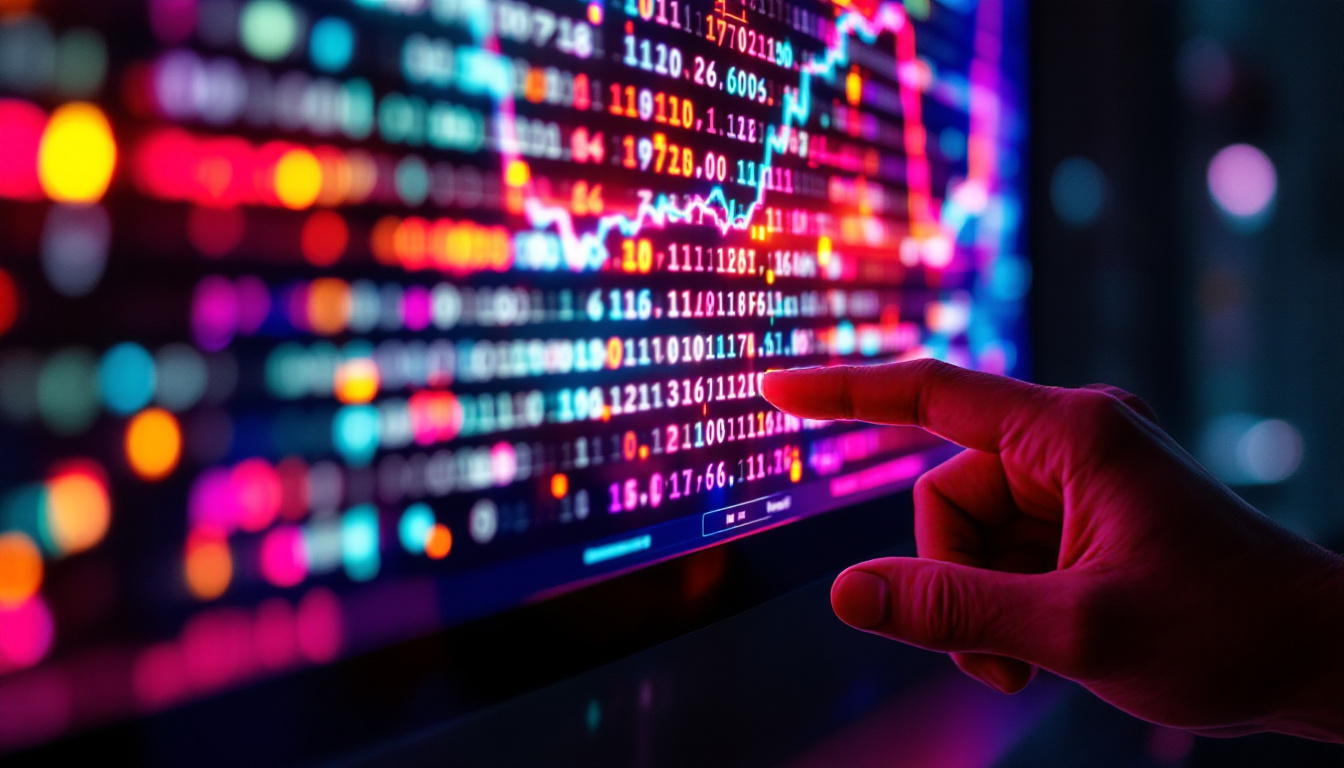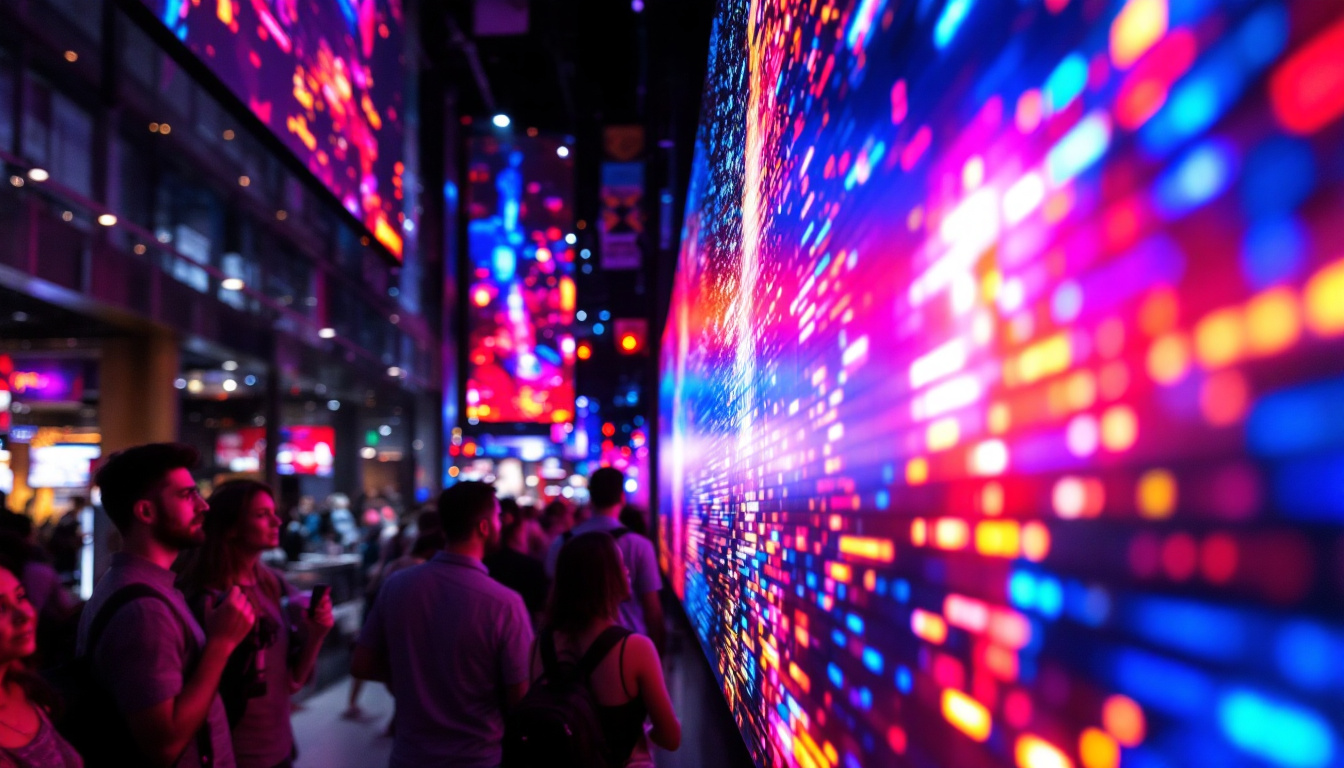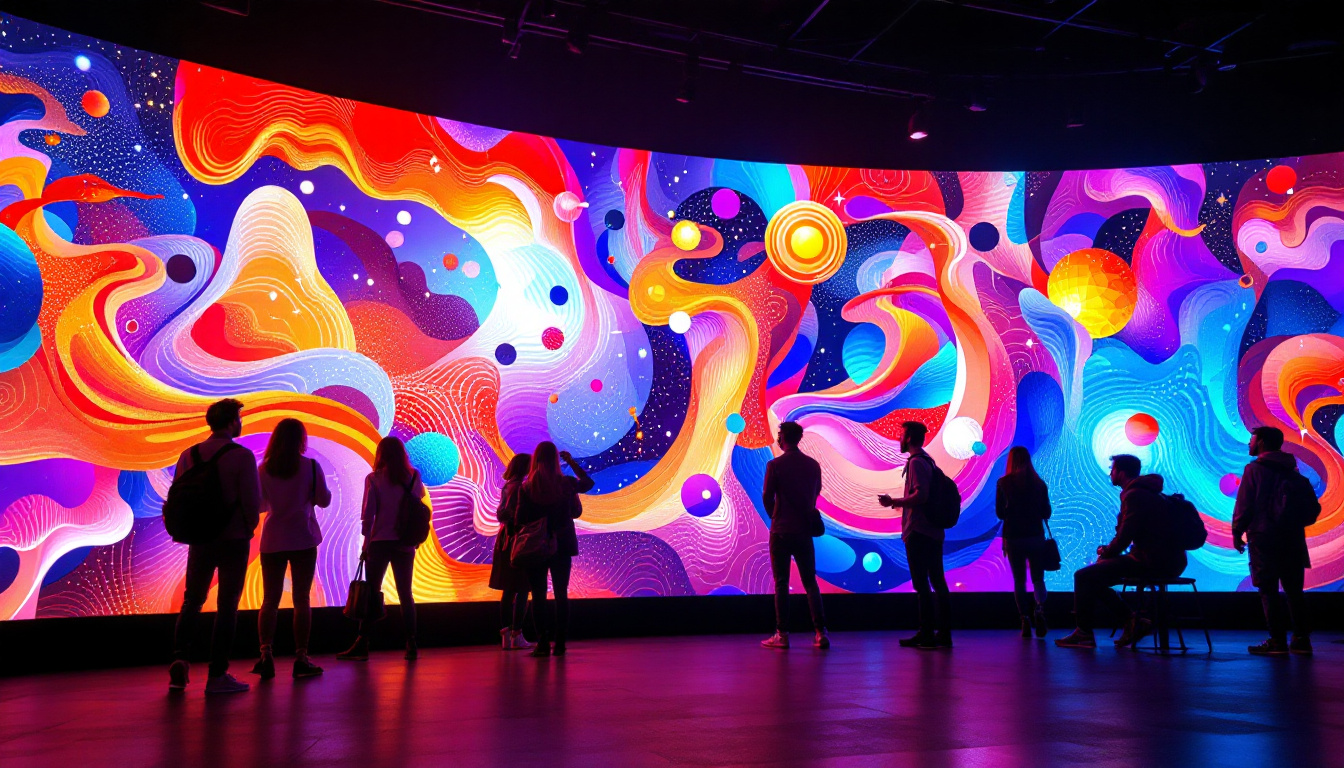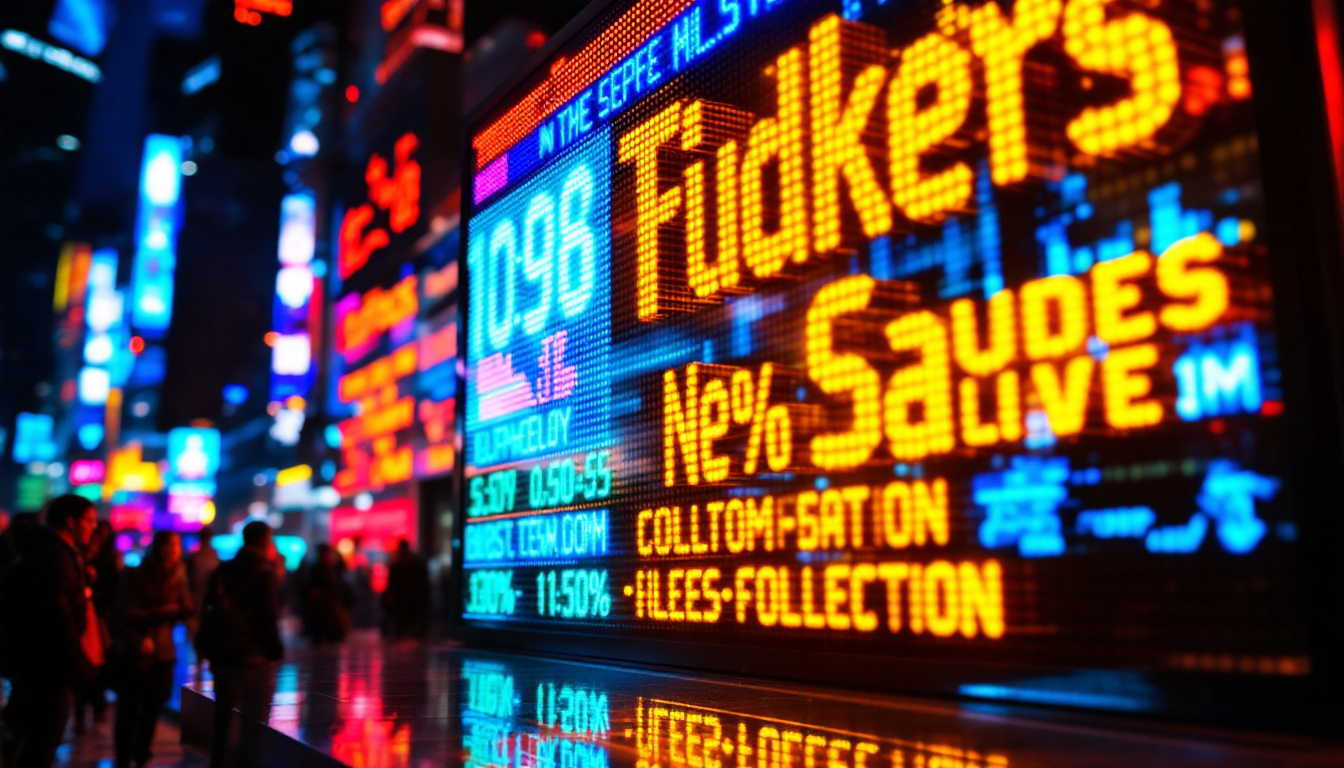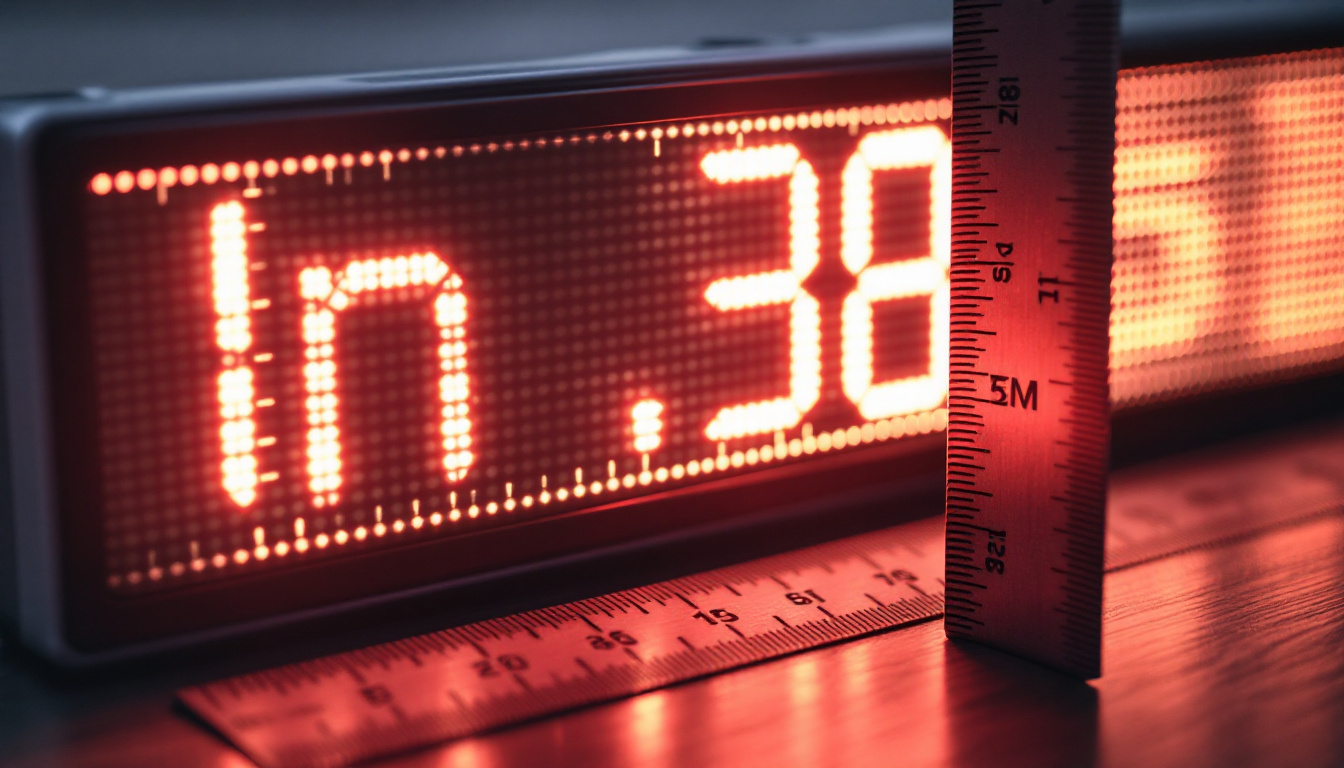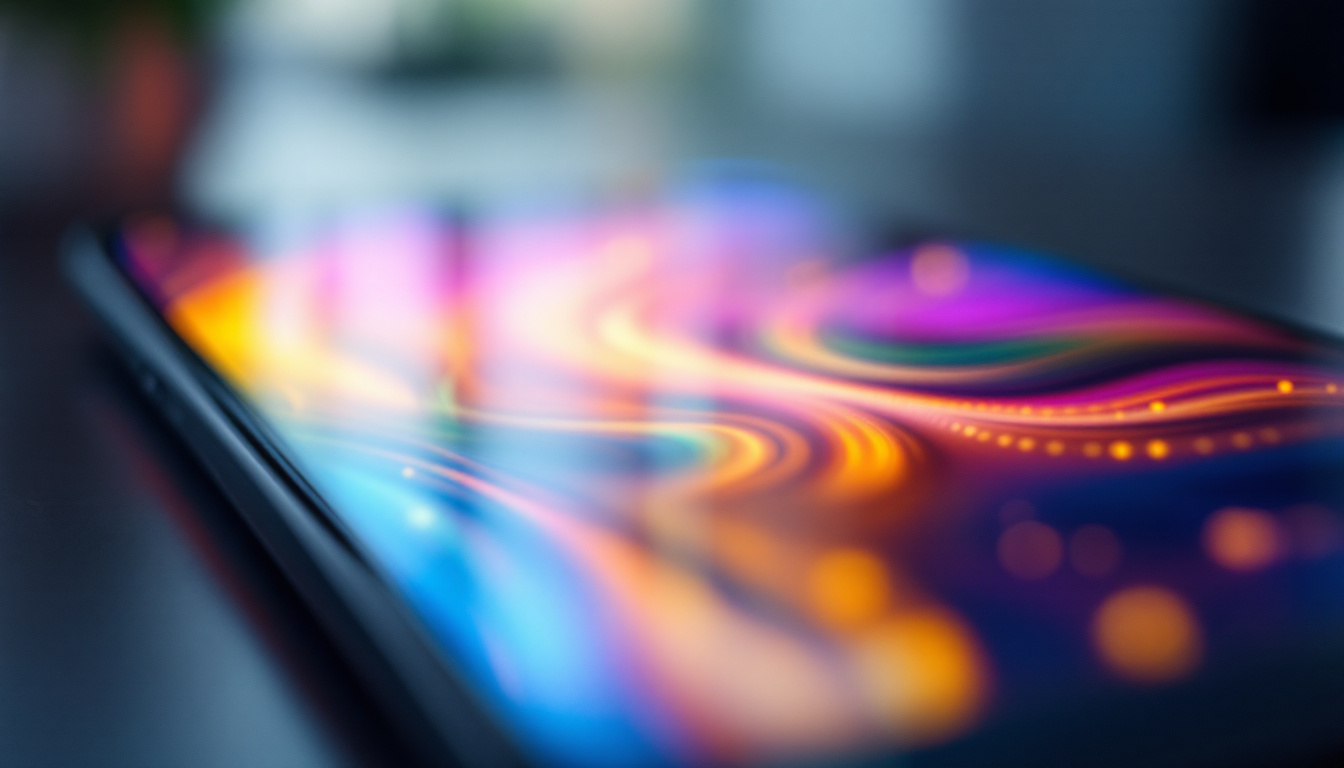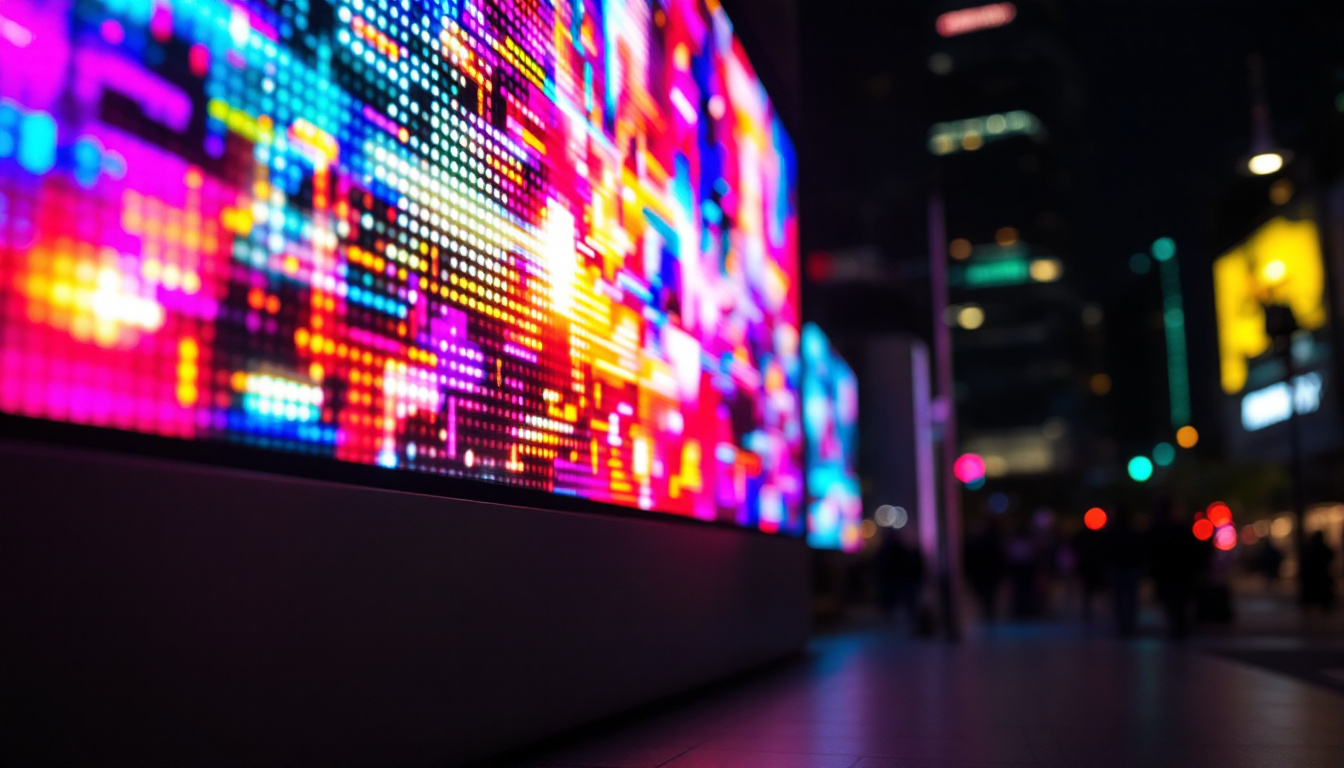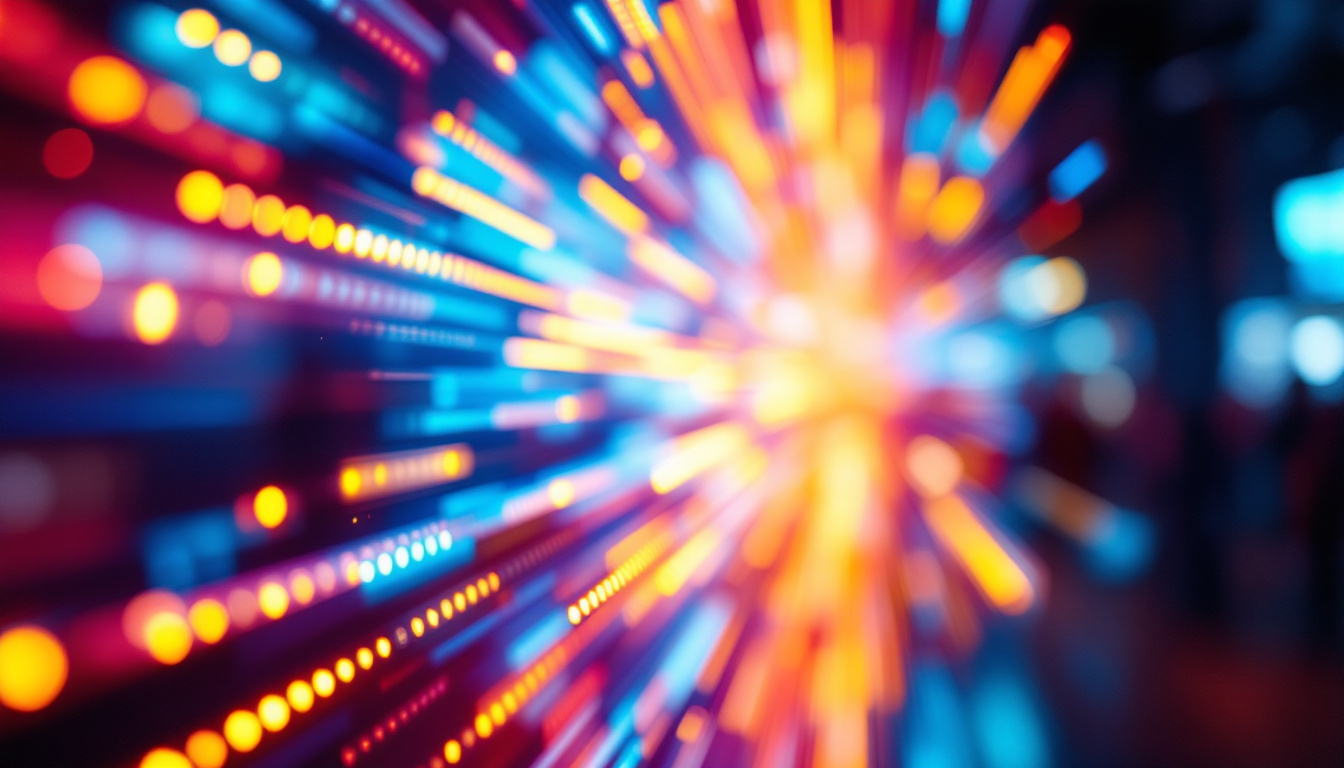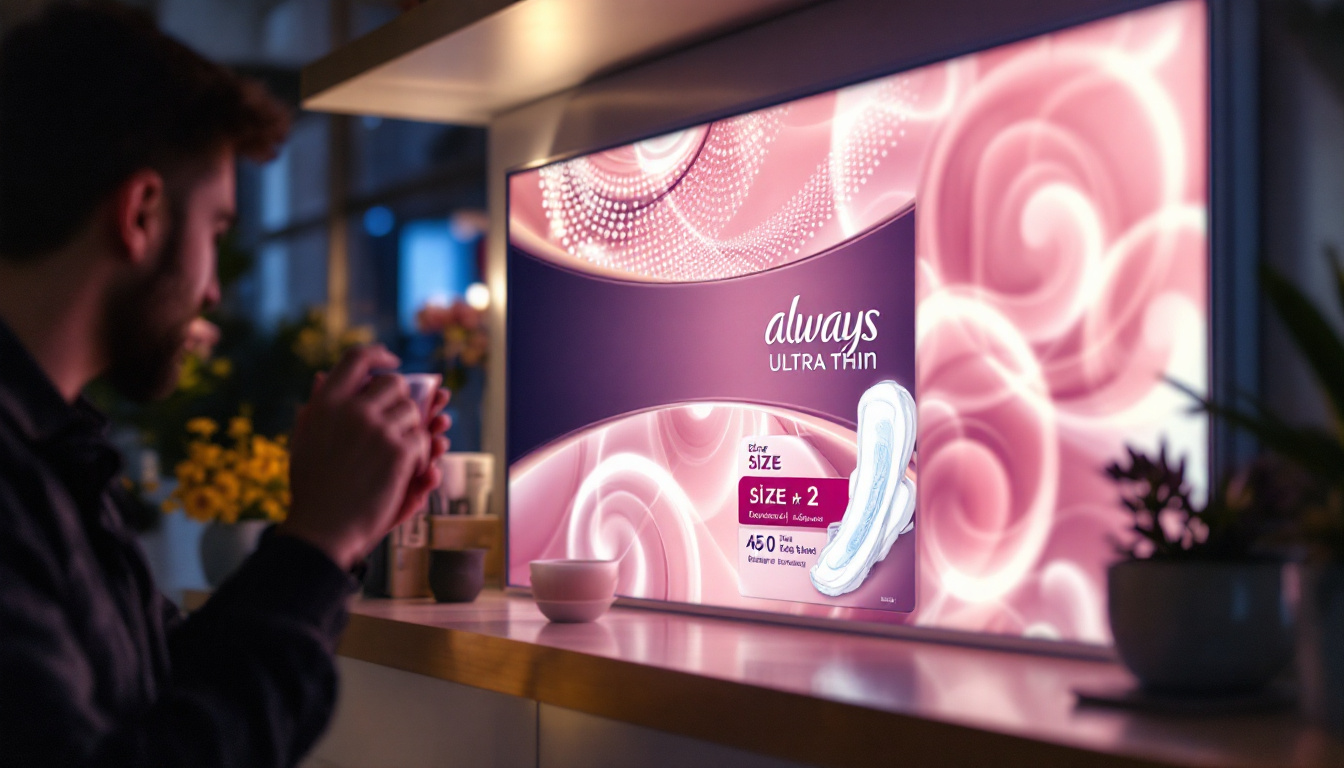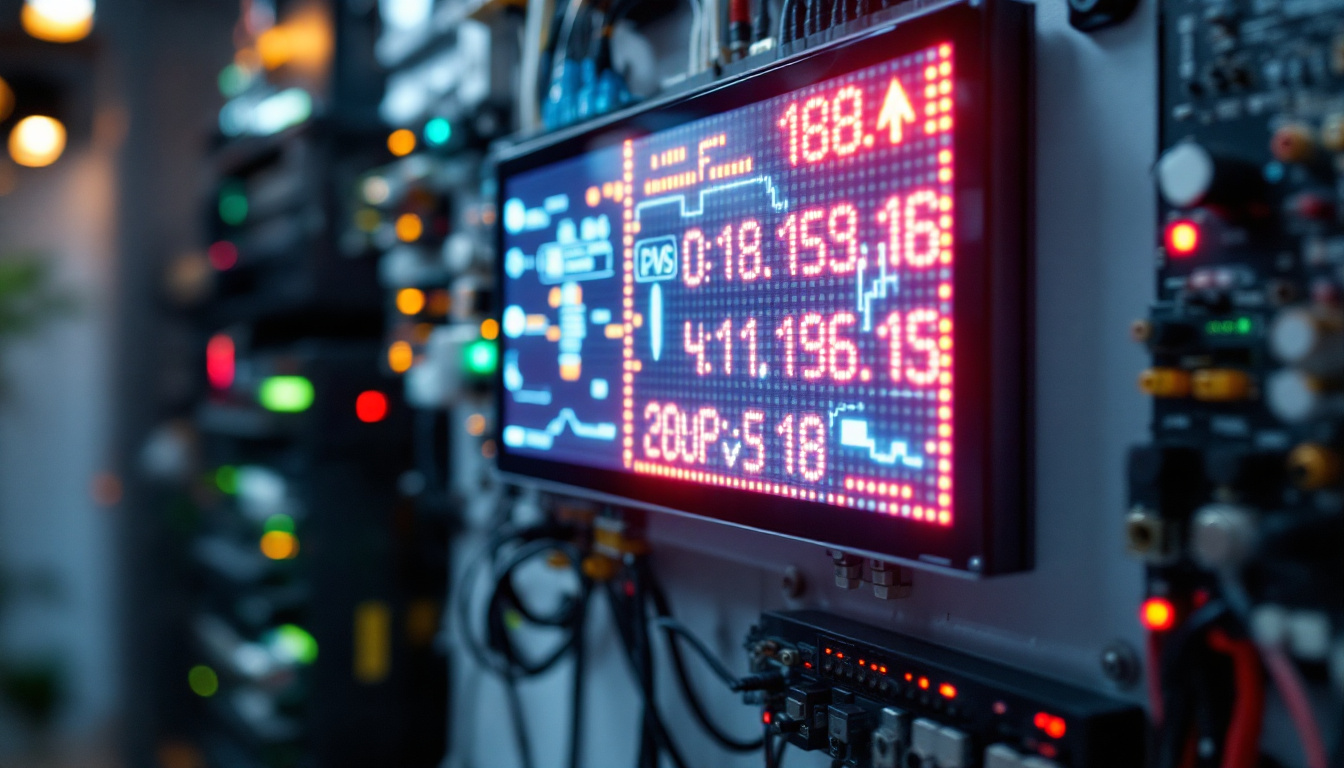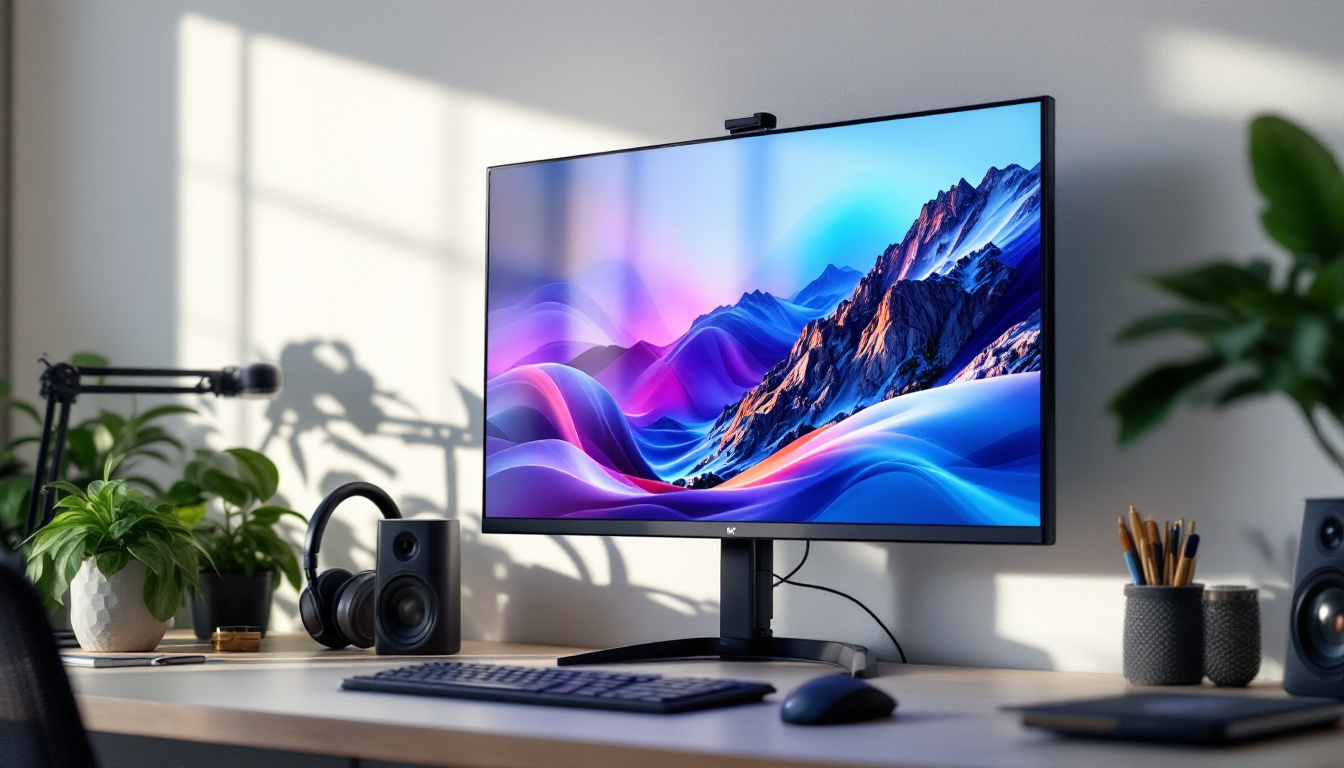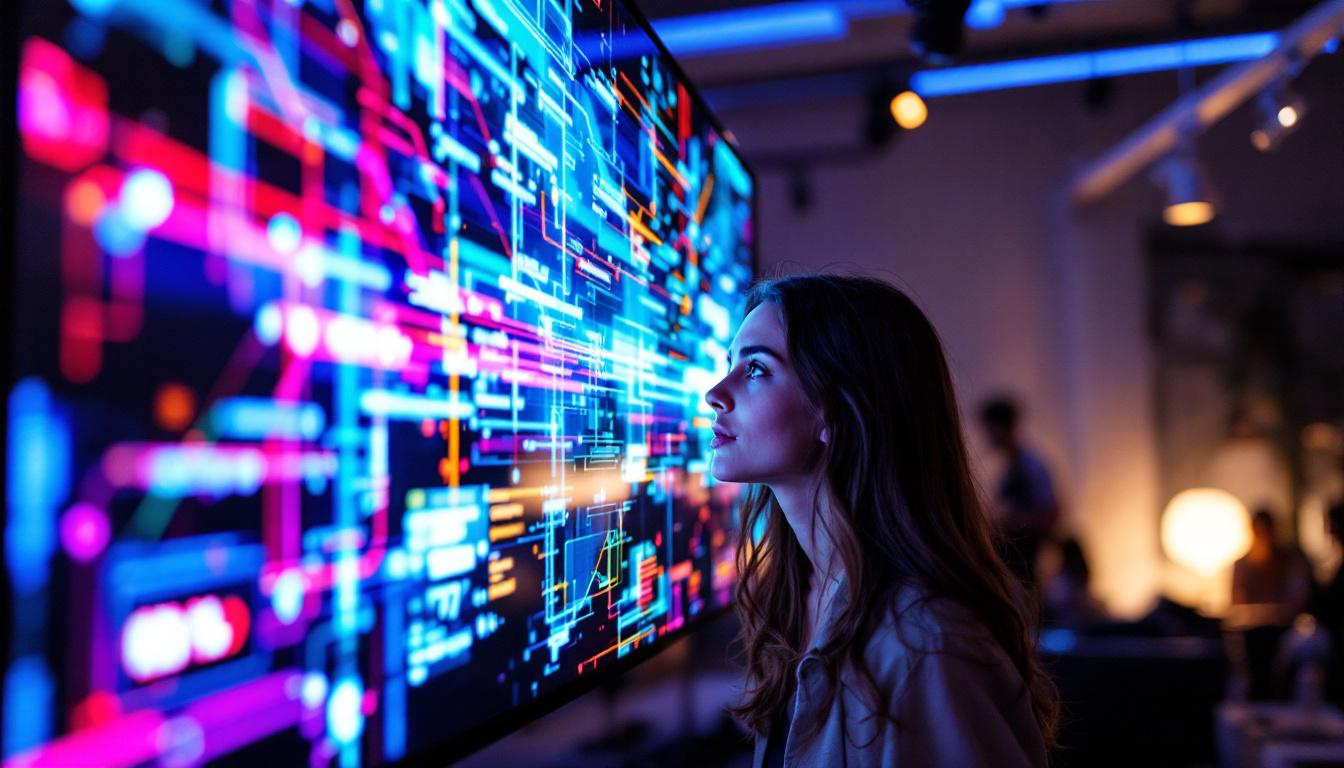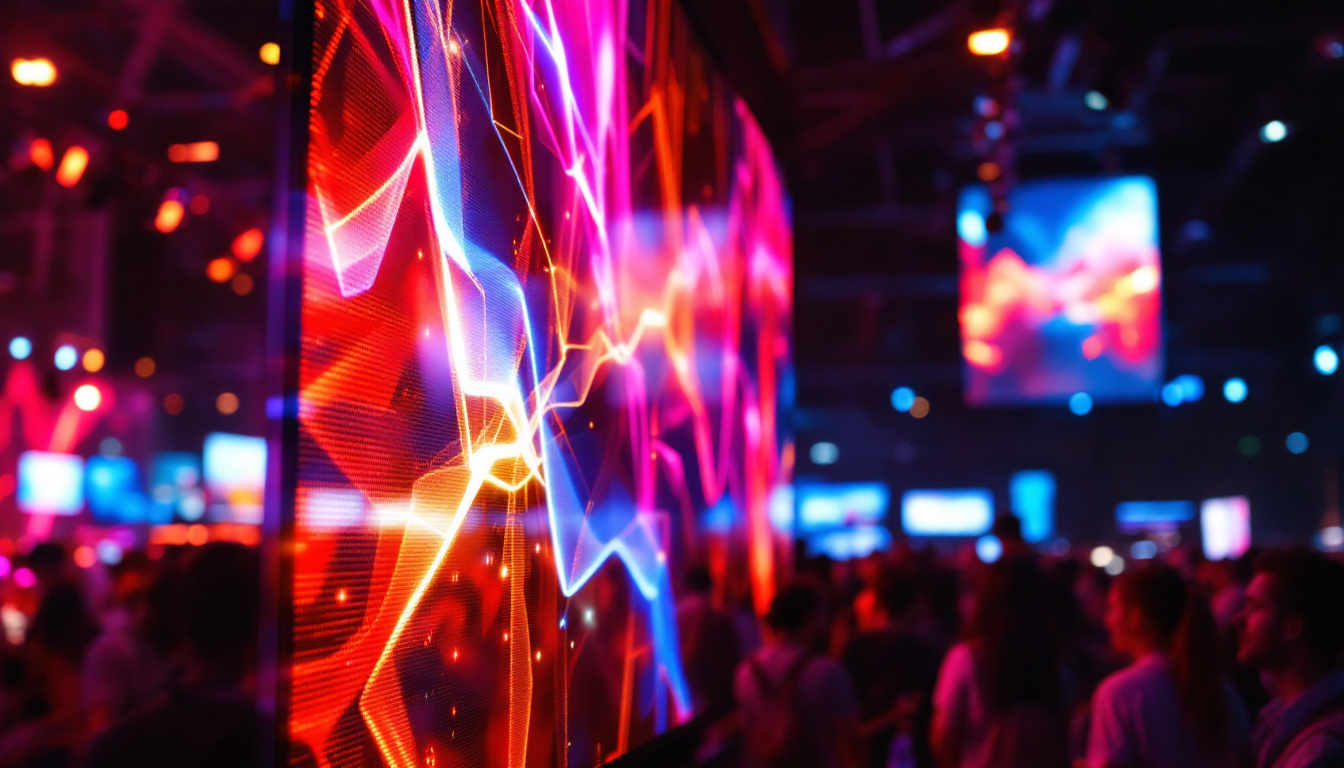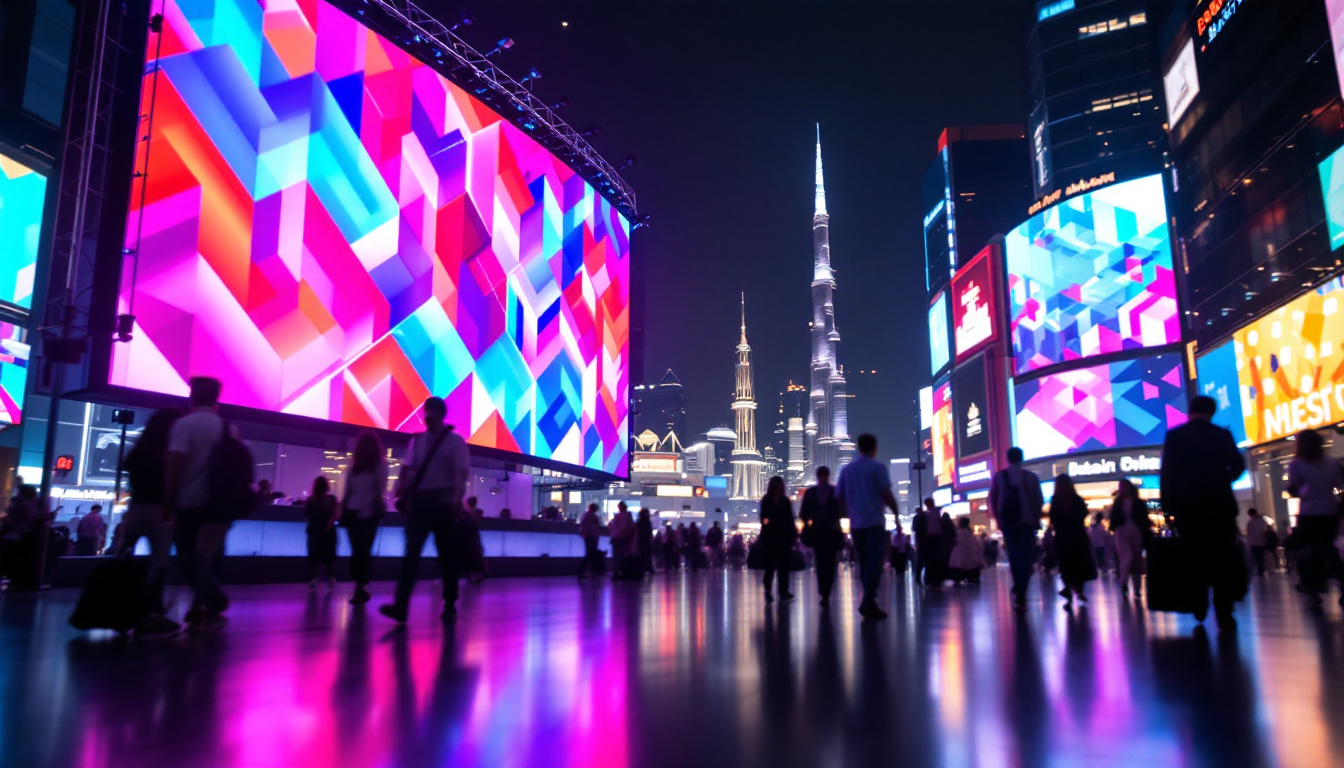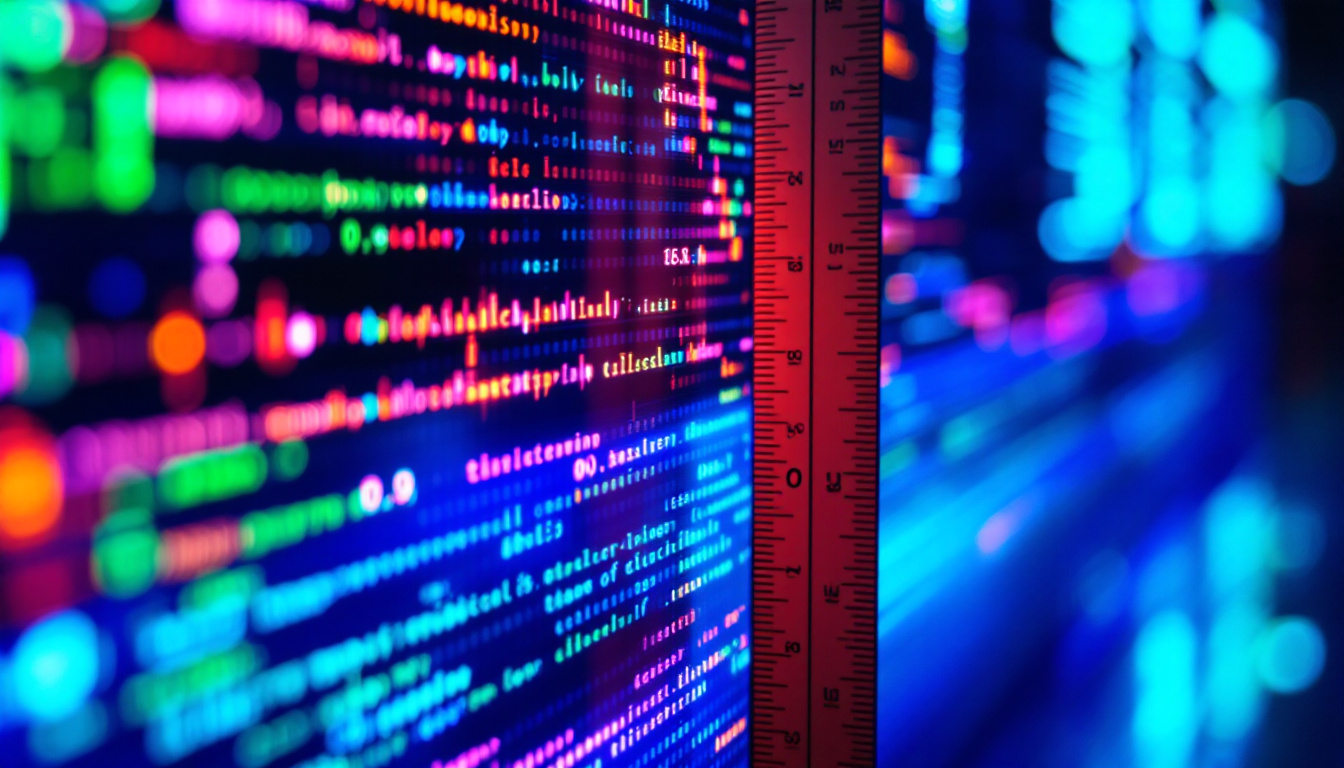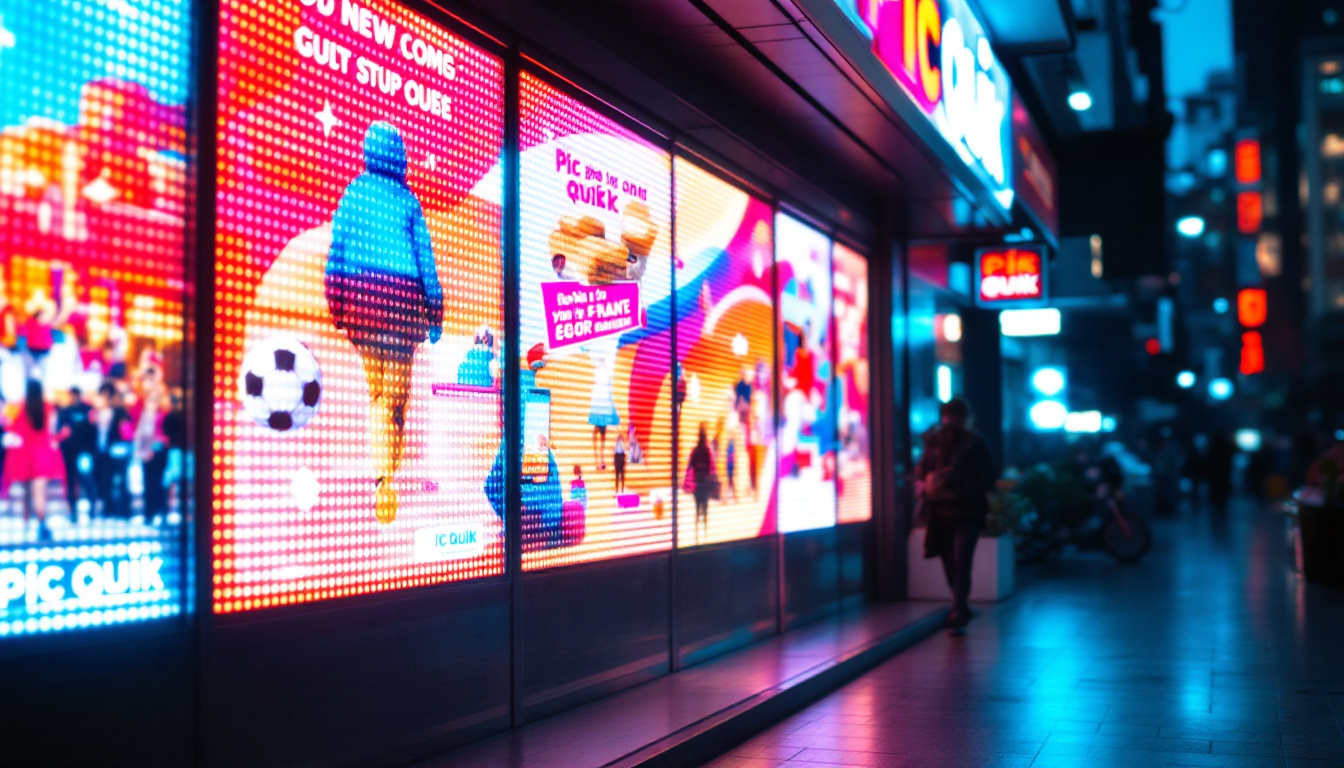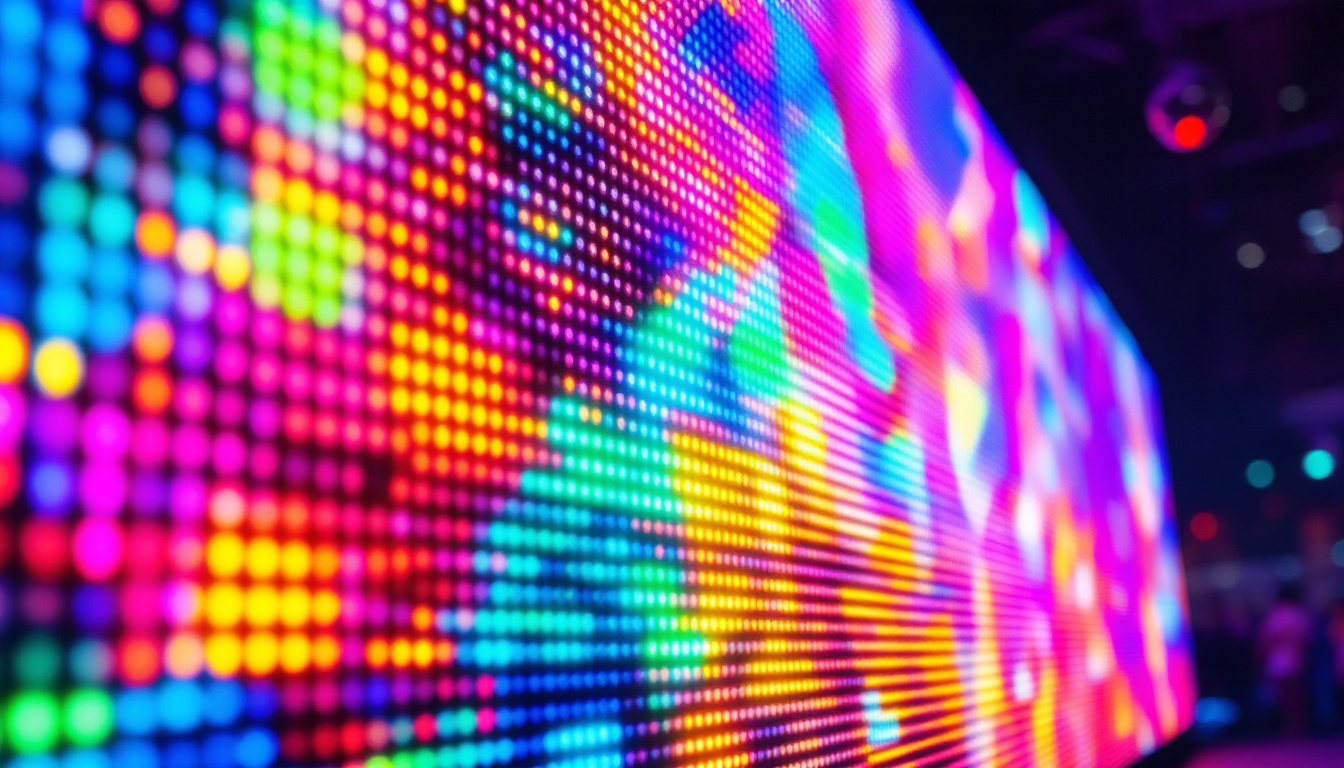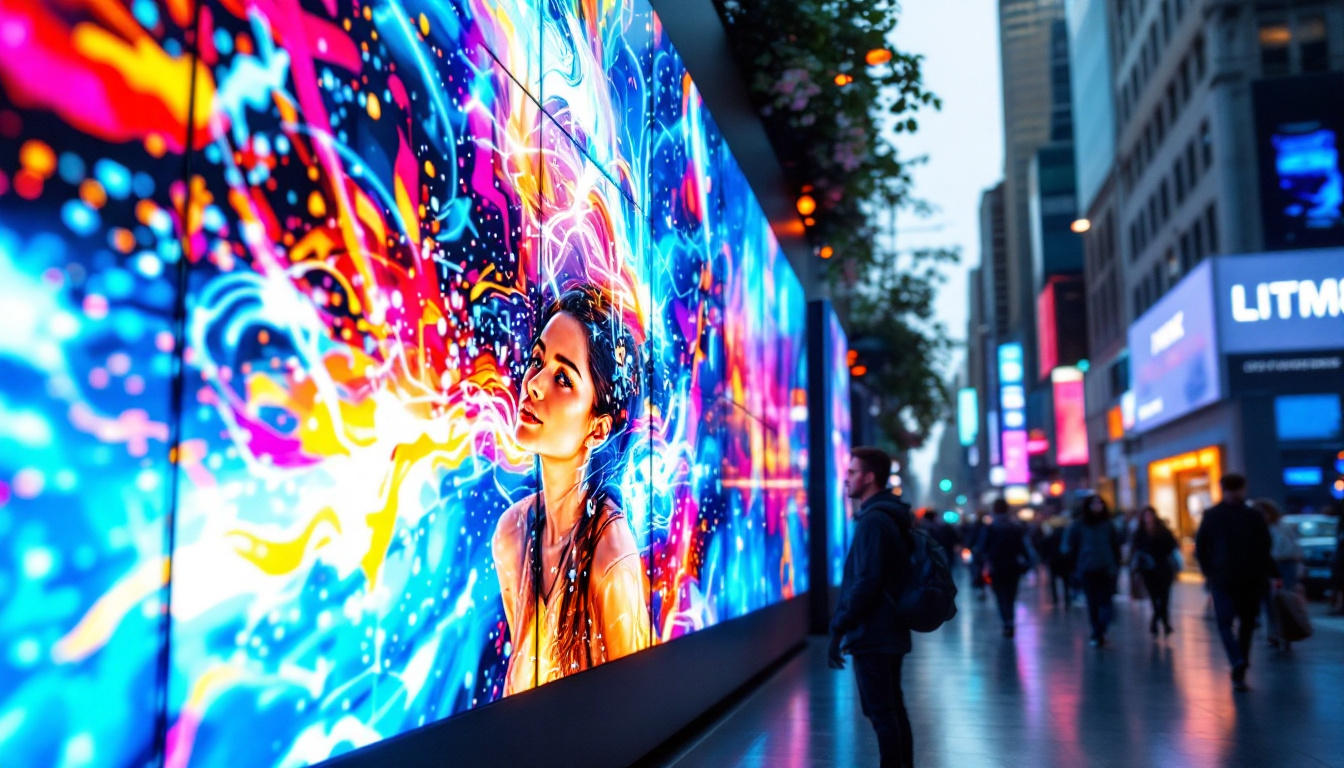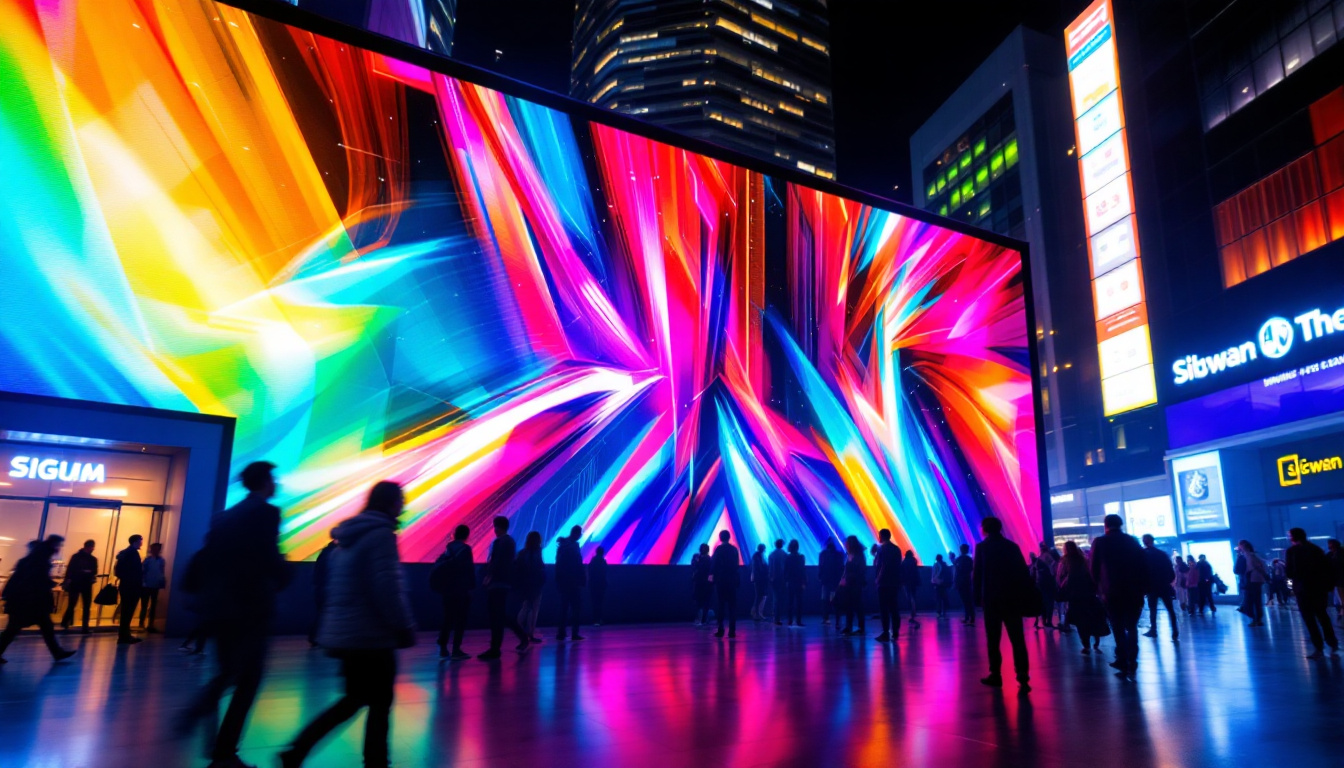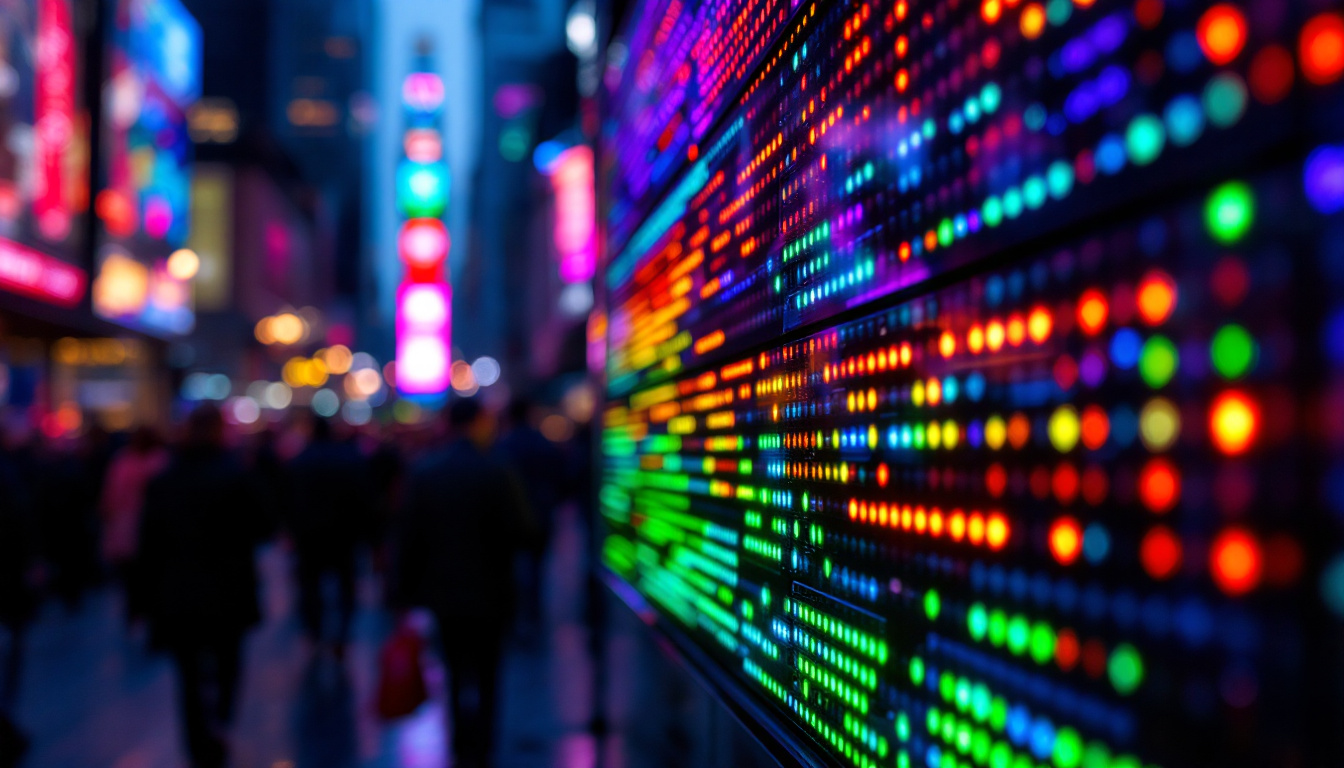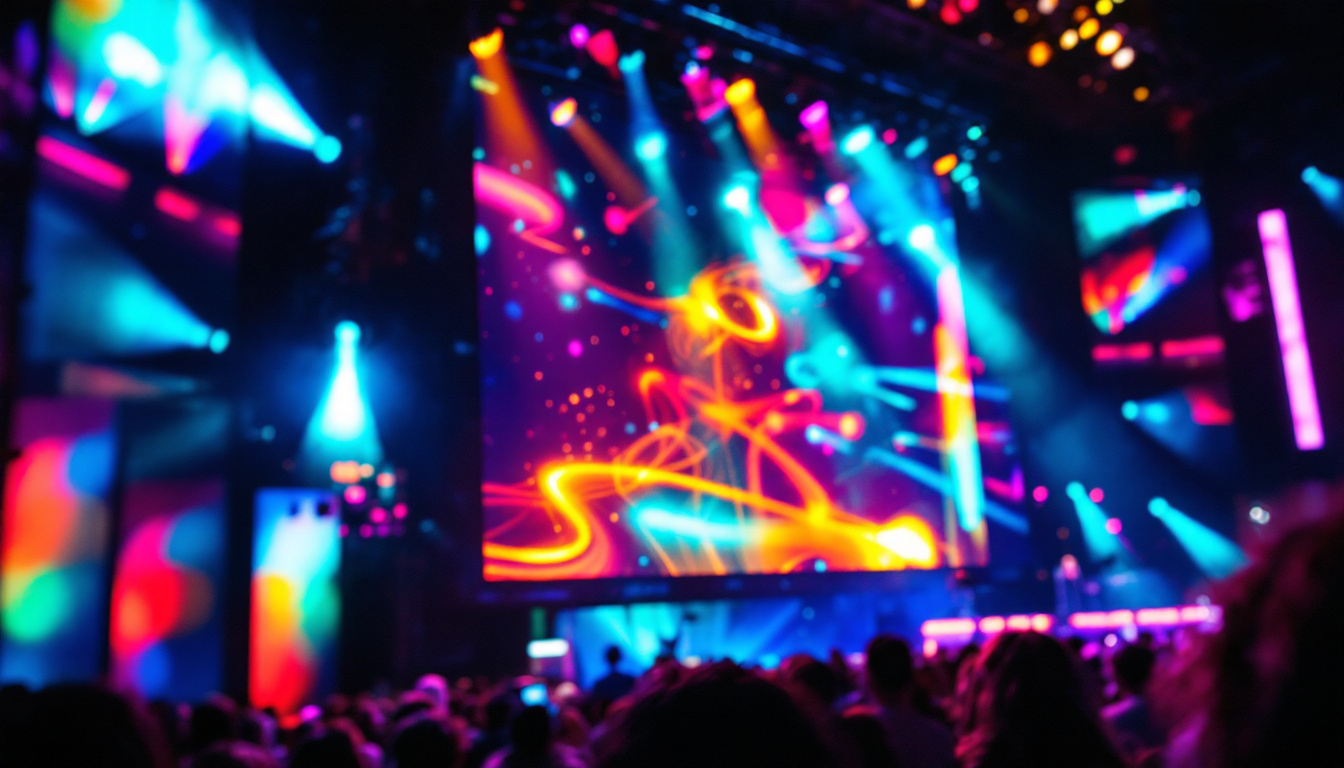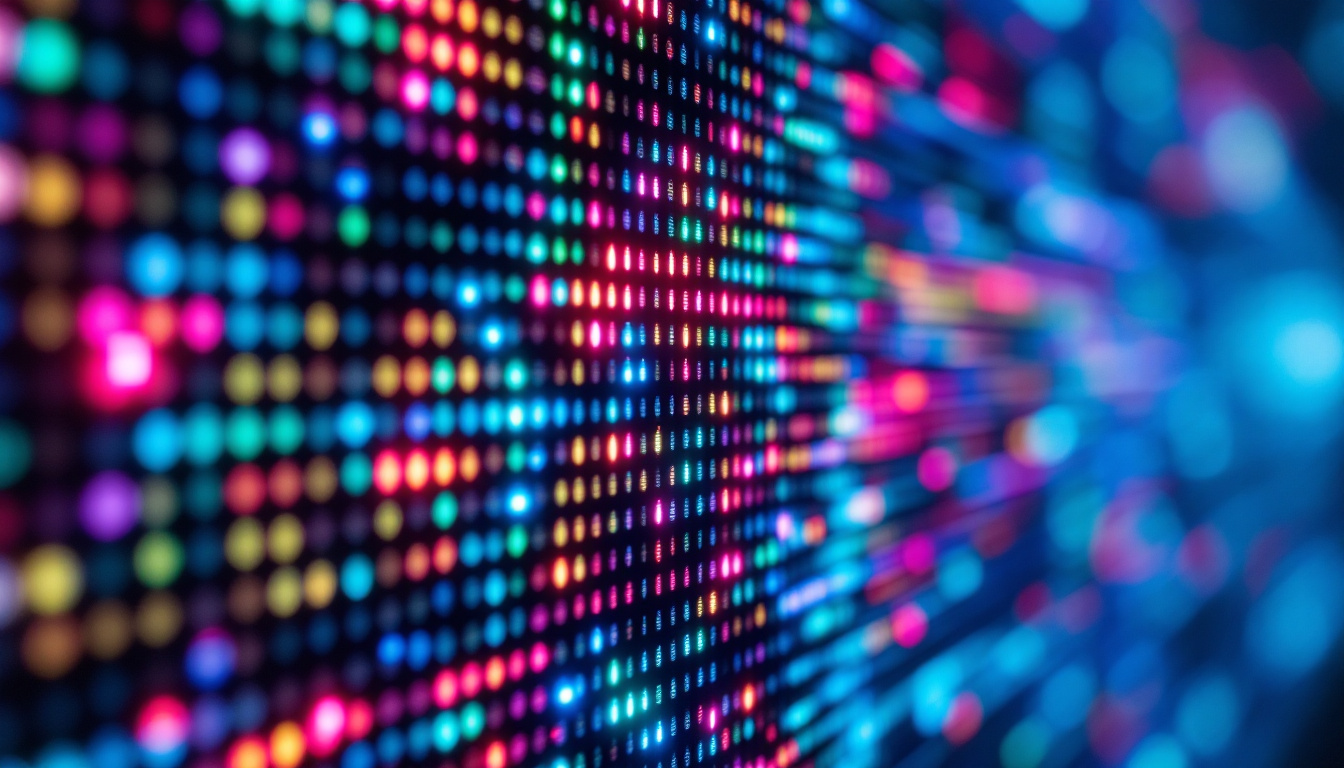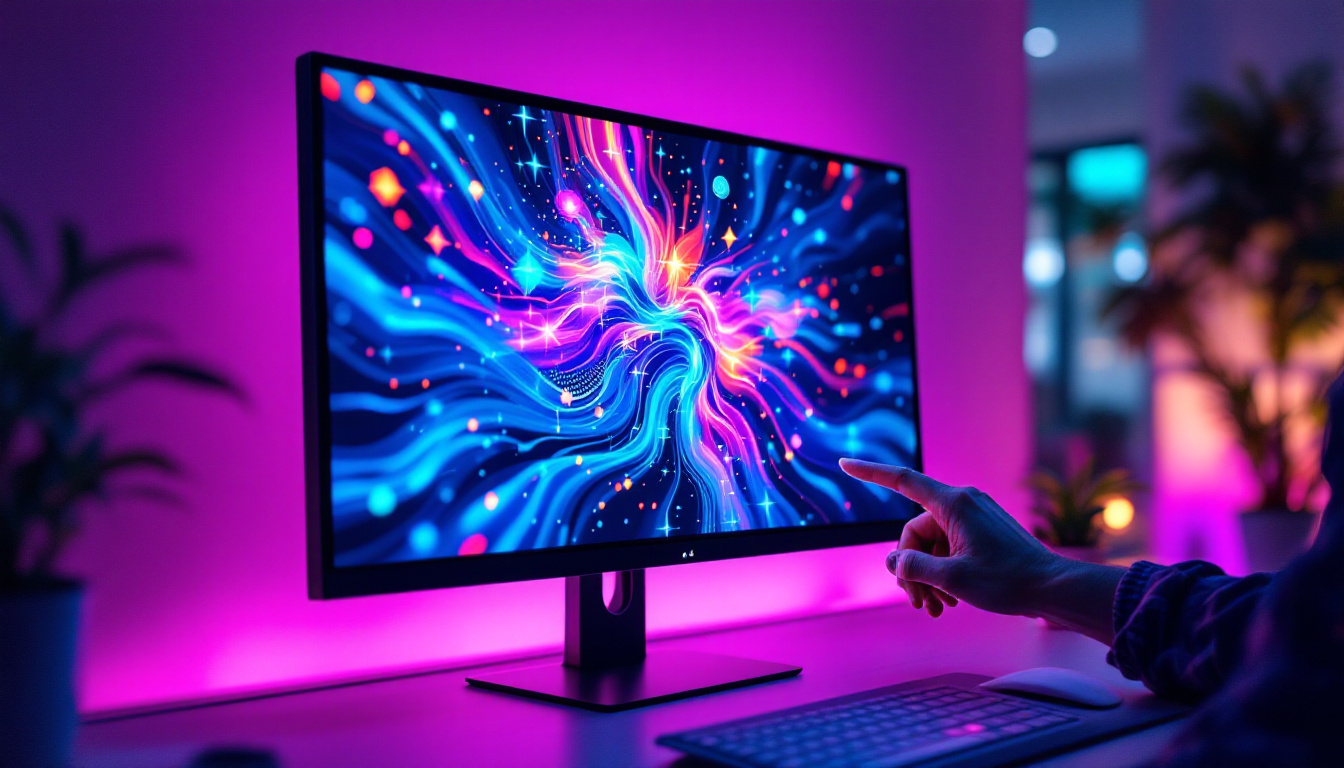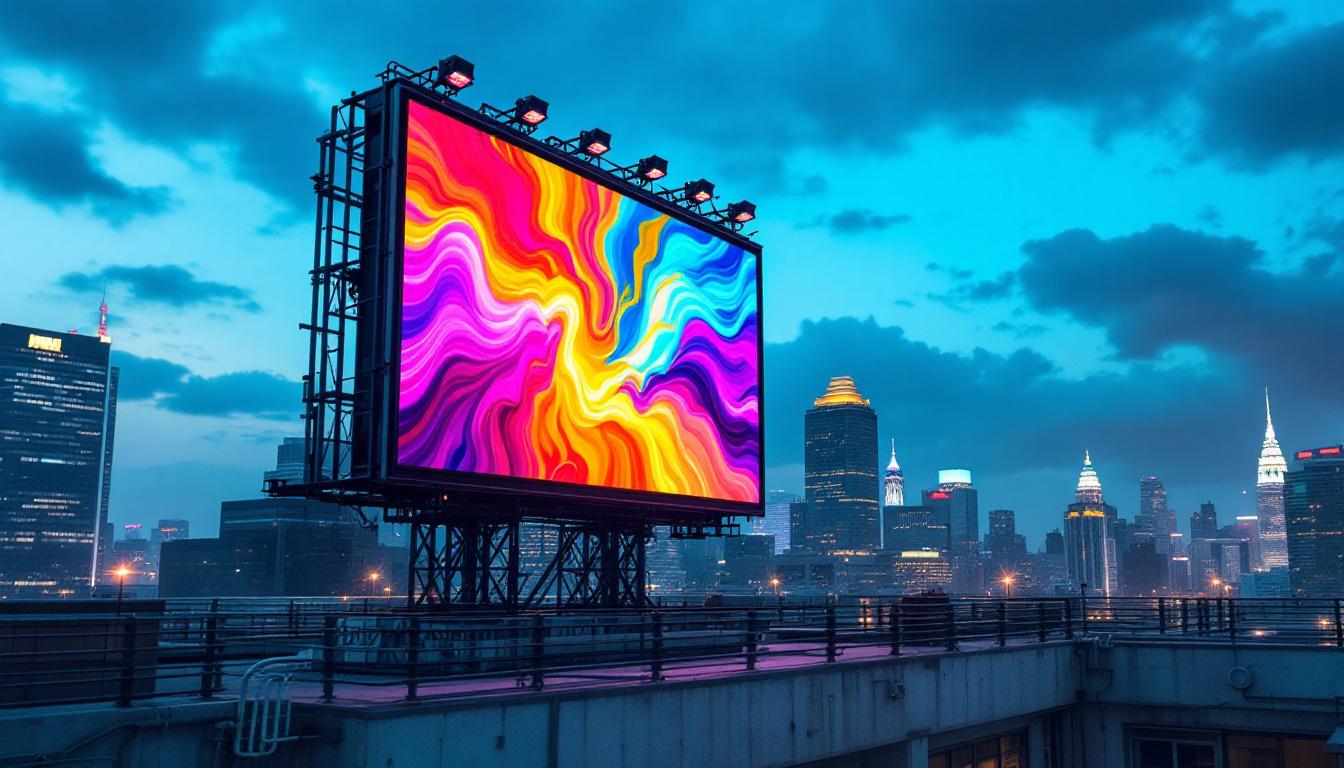In an era where visual communication plays a pivotal role in marketing and information dissemination, LED displays have emerged as a popular choice for businesses and organizations. These displays are not only energy-efficient but also provide vibrant colors and high visibility, making them ideal for various applications. This article delves into the intricacies of LED displays, exploring their technology, applications, and the reasons behind their growing popularity.
Understanding LED Technology
Light Emitting Diodes (LEDs) are semiconductor devices that emit light when an electric current passes through them. The technology behind LED displays has evolved significantly over the years, leading to enhanced performance and versatility. Originally developed in the early 1960s as simple indicator lights, LEDs have transformed into a cornerstone of modern display technology, revolutionizing how we interact with visual media.
The Basics of LED Operation
At its core, an LED display consists of numerous tiny light-emitting diodes arranged in a grid. Each diode can emit different colors, and when combined, they create a full spectrum of colors. The intensity and color of the light can be controlled by adjusting the current flowing through each diode. This allows for dynamic images and videos to be displayed with remarkable clarity. The precision with which these diodes can be controlled enables not only vibrant displays but also intricate animations and effects that can captivate audiences in ways that traditional displays cannot.
Types of LED Displays
LED displays come in various types, each designed for specific applications. The two primary categories are:
- Direct View LED Displays: These are large screens made up of individual LED modules, commonly used for outdoor advertising and large-scale events. Their ability to produce bright, eye-catching visuals makes them ideal for billboards and stadiums, where visibility from great distances is crucial.
- LED Backlit Displays: These displays use LEDs to backlight an LCD screen, providing better brightness and color accuracy, often found in televisions and computer monitors. The use of LED backlighting has allowed manufacturers to create thinner and lighter screens without sacrificing quality, making them a popular choice in consumer electronics.
Advantages of LED Displays
LED displays offer several advantages over traditional display technologies. They are known for their energy efficiency, longevity, and superior image quality. Additionally, LED displays can operate in various lighting conditions, making them suitable for both indoor and outdoor use. The durability of LED technology also means that these displays can withstand harsh weather conditions, which is particularly beneficial for outdoor installations. Furthermore, advancements in LED technology have led to the development of flexible and transparent displays, opening new avenues for creative applications in architecture and design. The ability to integrate LED displays seamlessly into various environments has sparked innovations in advertising, art installations, and even fashion, showcasing the versatility of this technology.
Applications of LED Displays
The versatility of LED displays allows them to be used in a myriad of applications across different sectors. From advertising to entertainment, their impact is profound.
Advertising and Marketing
One of the most common uses of LED displays is in advertising. Businesses utilize these displays to showcase promotions, events, and brand messages. The dynamic nature of LED displays allows for eye-catching animations and videos that can attract potential customers.
Outdoor LED billboards have become a staple in urban landscapes, providing businesses with a platform to reach a larger audience. The ability to change content in real-time enables advertisers to tailor their messages based on time of day, audience demographics, or current events. This adaptability not only maximizes engagement but also allows for targeted marketing strategies that can lead to increased sales and brand loyalty. Furthermore, the bright and vibrant colors of LED displays ensure that advertisements stand out, even in the most crowded environments, making them an essential tool for businesses looking to capture consumer attention.
Events and Entertainment
In the entertainment industry, LED displays are integral to concerts, festivals, and sporting events. Large LED screens provide audiences with a clear view of performances, ensuring that even those seated far from the stage can enjoy the experience. Additionally, they can be used for live feeds, enhancing audience engagement.
Moreover, LED displays are frequently used in theaters and cinemas for backdrop visuals, creating immersive environments that enhance storytelling. The ability to synchronize visuals with audio elements allows for a more cohesive and impactful experience, drawing audiences deeper into the narrative. Beyond traditional uses, LED technology is also being integrated into innovative art installations and interactive exhibits, pushing the boundaries of creativity and audience interaction. This trend is particularly evident in modern museums and galleries, where LED displays are used not only to inform but also to inspire, transforming the way people engage with art and culture.
Corporate and Educational Use
In corporate settings, LED displays are utilized for presentations, meetings, and conferences. Their ability to display high-resolution images and videos makes them ideal for conveying complex information effectively. In educational institutions, LED displays serve as teaching aids, enhancing classroom learning with interactive content.
Additionally, the use of LED displays in corporate environments extends to digital signage, which can provide real-time updates, announcements, and important information to employees and visitors alike. This enhances communication within the workplace and fosters a more informed and connected organizational culture. In educational settings, the interactive capabilities of LED displays allow for collaborative learning experiences, where students can engage with content in a dynamic way, facilitating better retention of information. As technology continues to evolve, the integration of LED displays in both corporate and educational contexts is likely to expand, further revolutionizing how information is shared and consumed.
Choosing the Right LED Display
When considering an LED display for a specific application, several factors must be taken into account. Understanding these elements will help ensure that the chosen display meets the intended goals. From advertising to information dissemination, the right display can significantly enhance communication and engagement with the audience.
Resolution and Pixel Pitch
Resolution is a crucial factor in determining the quality of an LED display. It refers to the number of pixels within a given area. A higher resolution means more pixels, resulting in sharper images. Pixel pitch, which is the distance between the centers of two adjacent pixels, also plays a significant role. A smaller pixel pitch is ideal for close viewing distances, while a larger pitch is suitable for displays viewed from afar. For instance, a pixel pitch of 2.5mm might be perfect for indoor environments where viewers are close, while a pitch of 10mm is more appropriate for large outdoor billboards that are viewed from a distance. This distinction is vital for ensuring that the content is displayed clearly and effectively, regardless of the viewing conditions.
Brightness and Contrast Ratio
Brightness is measured in nits, and it is essential for visibility, especially in outdoor environments. A higher brightness level ensures that the display remains visible even in direct sunlight. Contrast ratio, on the other hand, affects the display’s ability to show details in both bright and dark areas, contributing to overall image quality. A high contrast ratio enhances the vibrancy of colors and makes text easier to read, which is particularly important for advertising and informational displays. Moreover, some advanced LED displays come with adaptive brightness features that automatically adjust the brightness based on ambient light conditions, ensuring optimal visibility at all times.
Durability and Weather Resistance
For outdoor applications, durability and weather resistance are paramount. LED displays should be constructed with materials that can withstand harsh weather conditions, including rain, wind, and extreme temperatures. Additionally, they should have protective features such as waterproofing and UV resistance to prolong their lifespan. The ingress protection (IP) rating is a key specification to look for, as it indicates the level of protection against dust and moisture. Displays with a higher IP rating, such as IP65 or above, are designed to operate reliably in challenging environments. Furthermore, the use of high-quality components and robust housing can significantly reduce maintenance costs and downtime, making them a smart investment for long-term use.
The Future of LED Displays
The future of LED displays looks promising, with ongoing advancements in technology paving the way for even more innovative applications. As the demand for high-quality visual content continues to grow, manufacturers are exploring new ways to enhance LED technology.
Advancements in Technology
Recent developments in LED technology include the introduction of MicroLED and MiniLED displays. These technologies offer improved color accuracy, better energy efficiency, and thinner form factors. MicroLED displays, in particular, are gaining attention for their ability to deliver exceptional image quality while being scalable to any size.
Integration with Smart Technology
As smart technology becomes increasingly prevalent, LED displays are being integrated with IoT (Internet of Things) capabilities. This allows for remote monitoring and control, enabling users to manage content and settings from anywhere. Such integration enhances the functionality of LED displays, making them even more versatile.
Environmental Considerations
The environmental impact of LED displays is also a significant consideration for manufacturers and consumers alike. Many companies are focusing on sustainable practices, such as using recyclable materials and reducing energy consumption. As awareness of environmental issues grows, the demand for eco-friendly displays is likely to increase.
Conclusion
LED displays have revolutionized the way information is communicated, offering vibrant visuals and versatility across various applications. Their advantages, including energy efficiency, longevity, and superior image quality, make them a preferred choice for businesses and organizations alike. As technology continues to advance, the future of LED displays promises even more exciting developments, ensuring they remain at the forefront of visual communication.
In a world where capturing attention is crucial, investing in an LED display can be a game-changer for businesses seeking to enhance their visibility and engagement. With the right knowledge and understanding of LED technology, organizations can make informed decisions that align with their goals and objectives.
Illuminate Your Message with LumenMatrix
Ready to elevate your visual communication with cutting-edge LED technology? Discover LumenMatrix’s innovative solutions and transform your space with Indoor LED Wall Displays, Outdoor LED Walls, and more. Whether you’re looking to captivate passersby with a Vehicle LED Display, engage sports fans with a LED Sports Display, or create a unique environment with Custom LED Displays, LumenMatrix has the expertise to bring your vision to life. Don’t miss the opportunity to make a lasting impression. Check out LumenMatrix LED Display Solutions today and see how we can help you share your message with impact and clarity.

